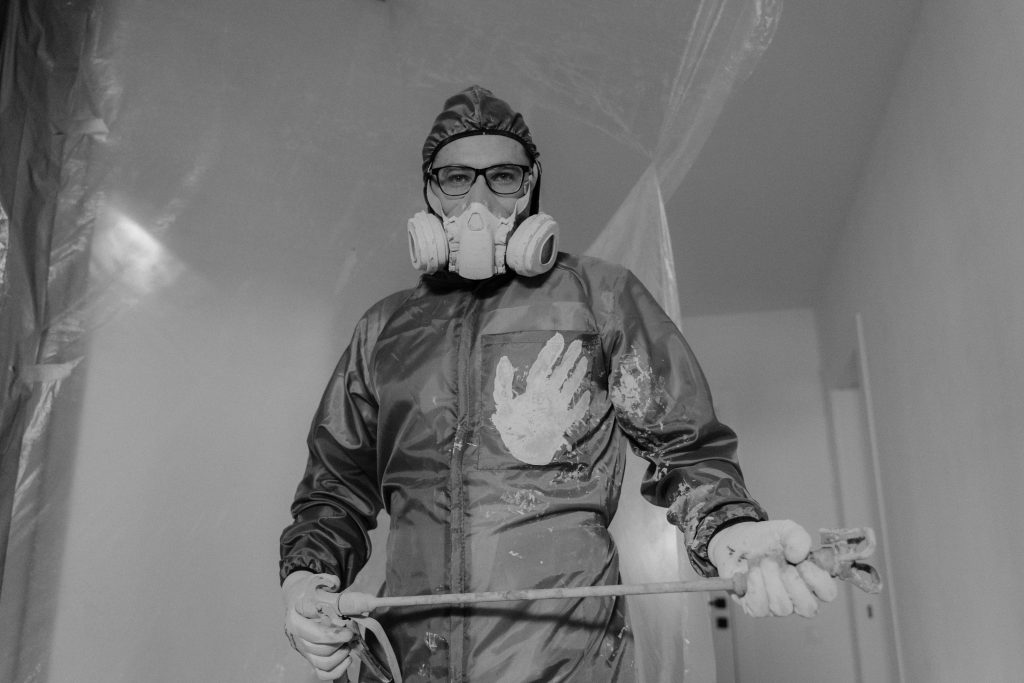Balancing Aesthetics and Functionality of Residential Development


Residential development is an intricate art form combining aesthetics, functionality, and practicality to create inspiring and nurturing spaces. From conceptualizing architectural designs to implementing infrastructure, residential developers are responsible for striking the delicate balance between beauty and functionality. In this article, we will explore the key aspects that encompass the art of residential development and how developers harmonize design, utility, and innovation to craft remarkable living spaces.
Architectural Design and Creativity
At the heart of residential development lies architectural design and creativity. Developers collaborate with skilled architects to conceptualize unique, visually appealing structures that stand out in the urban landscape. They aim to create buildings that serve as functional living spaces and make a statement reflecting the culture and aspirations of the community they serve.
User-Centric Approach
Residential developers understand the significance of a user-centric approach to design. They consider future residents’ needs, preferences, and lifestyles when shaping the development. Incorporating thoughtful amenities, space optimization, and practical layouts ensure that the end-users find comfort and convenience in their homes.
Sustainability and Environmental Considerations
The art of residential development embraces sustainability, recognizing the impact of buildings on the environment. Developers seek eco-friendly materials, energy-efficient solutions, and sustainable practices to reduce the carbon footprint of their projects. By integrating green spaces and optimizing natural resources, they create developments that harmonize with the surrounding environment.
Incorporating Cultural Context
Residential developers consider the cultural context of the region where they build. They celebrate the local heritage, architecture, and design elements that resonate with the community. Whether it’s a contemporary interpretation of traditional motifs or blending modern aesthetics with historic charm, these considerations add depth and significance to the development.
Quality Construction and Materials
The art of residential development places great emphasis on quality construction and materials. Developers strive to use premium materials that enhance aesthetics and ensure durability and longevity. Attention to detail and craftsmanship are vital in creating structures that stand the test of time.
Integration of Technology
In today’s digital age, residential developers infuse technology into their projects to enhance the living experience. Intelligent home systems, automated security features, and energy management solutions contribute to the convenience and safety of residents. The seamless integration of technology adds a layer of sophistication to the development.
Balancing Public and Private Spaces
Creating a sense of harmony within the community requires thoughtful consideration of public and private spaces. Developers strike a balance between shared amenities, communal areas, and private living spaces to encourage social interaction while respecting individual privacy.
Collaboration with Stakeholders
Residential development is not a solitary pursuit but a collaborative effort that involves multiple stakeholders. Developers work closely with city planners, local authorities, environmental experts, and the community to ensure that the development aligns with the broader vision and goals of the region.
The art of residential development is a multifaceted endeavor beyond constructing structures; it is about crafting living spaces that inspire, nurture, and connect. Developers merge architectural brilliance with functionality, sustainability, and innovative technology to create remarkable communities. By embracing the cultural context and collaborating with stakeholders, they leave an enduring impact on the urban landscape. As the world continues to evolve, the art of residential development will remain dynamic, shaping how we live and inspiring future generations of designers, architects, and developers.
